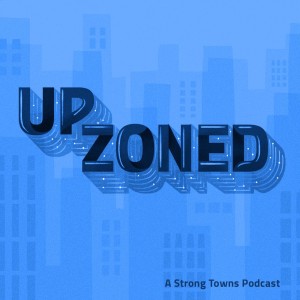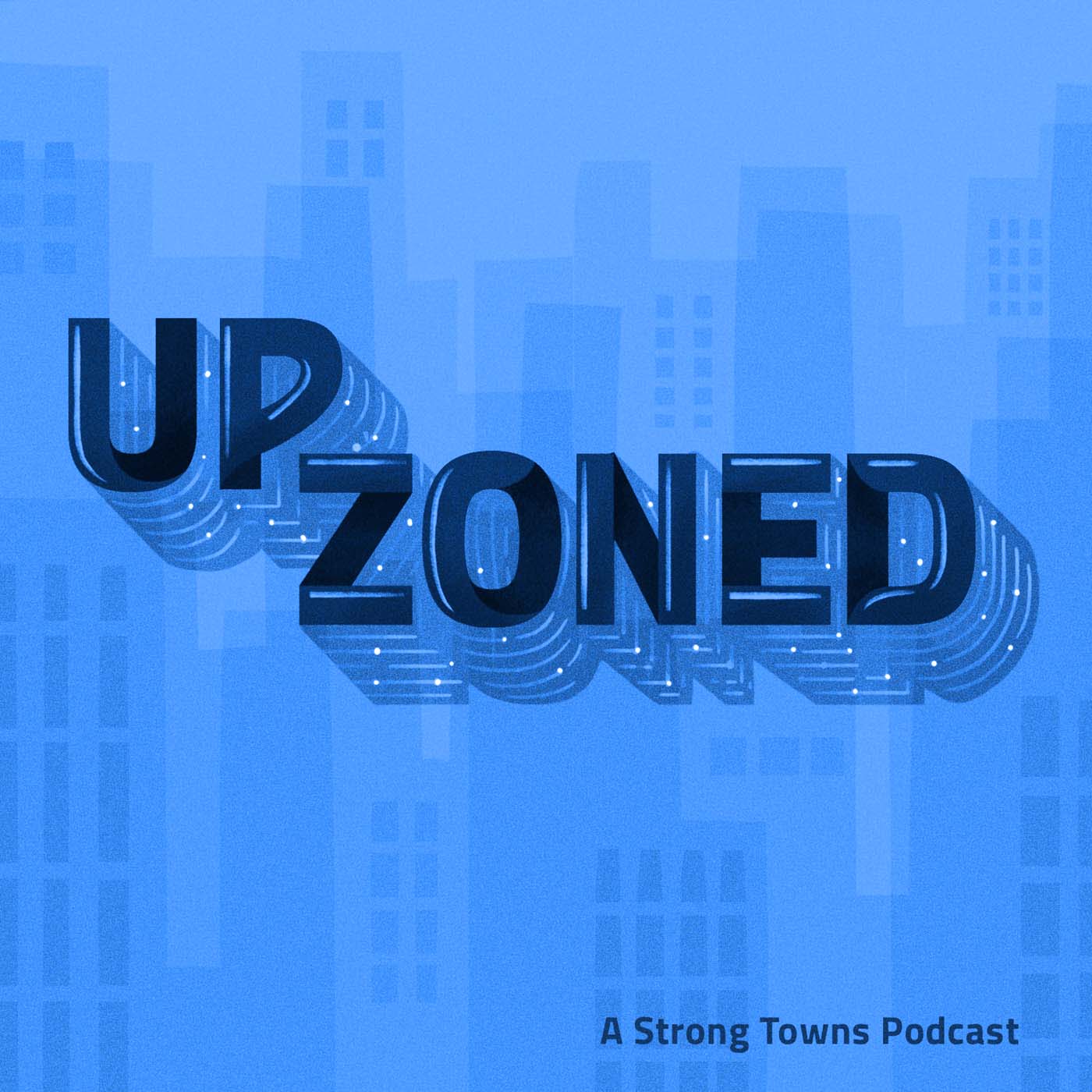Episodes

Wednesday Jun 15, 2022
NIMBY: Hero, Villain, or None of the Above?
Wednesday Jun 15, 2022
Wednesday Jun 15, 2022
A quote from Batman, “You either die a hero, or you live long enough to become a villain,” echoes through a great discussion on this week’s Upzoned.
Host Abby Kinney brings “Twilight of the NIMBY,” a New York Times article by California-based housing and economics writer Connor Dougherty, to the table. Dougherty profiles retired teacher Susan Kirsch’s two-decade battle to stop 20 condos from being developed in her neighborhood in the Bay Area community of Mill Valley.
Kinney, a senior planner with Multistudio in Kansas City, was fascinated by this profile of Kirsch as a NIMBY (Not In My Backyard) American archetype, a suburban homeowner who runs a nonprofit that “pushes back against statewide housing policy measures intended to subvert local anti-development activism.”
In the profile, Kirsch is cast as a crusader for local control of development, working to protect her single-family home neighborhood from a condo development on an empty lot at the end of her street.
“She believes in slow growth as a perspective and it’s partly reinforced by a distrust in large institutions…(a) ‘small C’ conservatism that local government is better and more responsive to citizens than a bigger one that is further away,” Kinney says in her introduction. “So she represents one person in this longer movement, fighting development and campaigning for the right for local cities and suburban cities to have control over the built environment.”
Kinney’s guest, Strong Towns Senior Editor Daniel Herriges, recognizes the archetype Kirsch represents. Herriges is sympathetic to the idea that “neighbors who know the place best, who care about the place most…get the ultimate say in what happens around them.”
The problem, however, is that Kirsch and many in her generation who seek local control of housing policy are eating from two plates.
They are sitting atop a mountain of equity in their homes buoyed by a system of market supports in the form of government-backed mortgages and other state and federal development policies. Kirsch’s home, a modest, single-family residence she bought for $100,000 in 1979, is now valued at almost $2 million. A state law intended to give homeowners protection from property taxes rising alongside astronomical home values, Proposition 13, keeps the taxable value of Kirch’s home at $250,000.
Herriges says, “The reality is that this whole cohort of people have been incredible beneficiaries of large institutional forces…massive subsidies for suburban homebuilding in the post-WWII era of billions and billions of dollars of investment in the interstate highway system, in freeways that opened up huge swaths of suburban land to development.”
“We see it is unable to be replicated generation after generation, and so there's a whole bunch of younger people who would love to live Susan Kirsch's American dream, who can't dream of it. Middle-class, white-collar people in California who have given up on ever owning a home. That's the dissonance you have to reckon with.”
Kinney agrees, but points out it’s too easy to turn homeowners like Kirsch into villains, reducing people who are, in the end, our neighbors, into cartoon characters. Should we see NIMBYs as heroes or villains? Dig into this episode of Upzoned to hear how name-calling won’t win any arguments, and the nuances of housing policy don’t lend themselves to broad stereotypes.


Comments (0)
To leave or reply to comments, please download free Podbean or
No Comments
To leave or reply to comments,
please download free Podbean App.